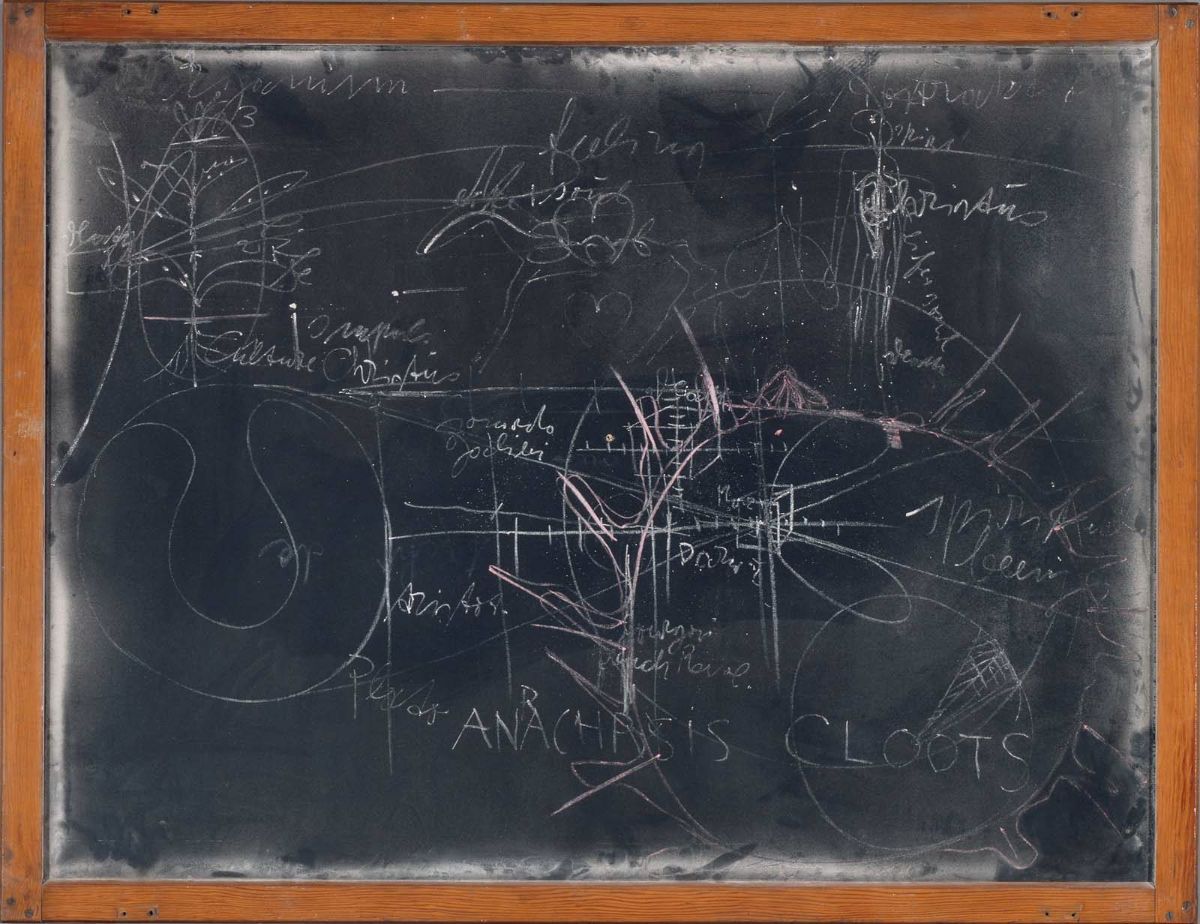Blackboard chalk has been a staple in classrooms for centuries, serving as a simple yet effective tool for teaching and communication. However, few people stop to consider what chalk is made of or how it is produced. This article seeks to unveil the composition and manufacturing process of blackboard chalk, discuss the transition from traditional to dustless chalk, explore the environmental impact of chalk production, and highlight alternative writing materials that have emerged in educational settings.
Composition and Manufacturing Process of Blackboard Chalk
Traditional Chalk Ingredients
Traditional blackboard chalk was primarily made from natural sedimentary rock called gypsum. Gypsum, or calcium sulfate dihydrate, is a soft mineral that is abundant in nature. It is mined and then processed into a fine white powder. This powder is mixed with water and other additives to form a paste, which is then molded into the familiar cylindrical sticks that we recognize as classroom chalk.
From Raw Material to Classroom Tool
The manufacturing process of chalk involves several steps. Once processors convert gypsum into powder and mix it into a paste, they extrude the mixture through a mold to form long sticks. Then they cut the sticks into the desired length and leave them to dry. The drying process is crucial as it determines the hardness and brittleness of the final product. Once dry, the chalk sticks are packaged and distributed for use in educational institutions and other settings.

The Evolution to Dustless Chalk
Addressing the Dust Issue
One of the main concerns with traditional blackboard chalk was the dust it produced, which could cause respiratory issues and create a mess in classrooms. In response to this, manufacturers developed an alternative known as dustless chalk. This new form of chalk adhered better to blackboard surfaces, and it generated less airborne dust during use.
Making Dustless Chalk
Manufacturers make dustless chalk by adding additional materials, such as clay, to the gypsum base, which effectively binds the particles together. The process also involves baking the chalk sticks at higher temperatures, which results in a harder, less friable stick. These modifications have made dustless chalk a preferred choice in many classrooms for its reduced impact on health and cleanliness.
Environmental Impact of Chalk and Sustainability Concerns
Evaluating the Ecological Footprint
The production of blackboard chalk, both traditional and dustless, does have an environmental impact. Gypsum mining can lead to habitat disruption and dust pollution. The processing and transportation of chalk also contribute to its carbon footprint. As environmental awareness increases, there is a growing interest in understanding the sustainability of educational materials, including chalk.
Exploring Sustainable Alternatives
In response to ecological concerns, some manufacturers are exploring more sustainable methods of producing chalk, such as using recycled gypsum from industrial byproducts. Additionally, there is an increase in the demand for alternatives to traditional chalk, such as refillable chalk pens or non-toxic, biodegradable chalks that minimize environmental impact while still providing the functionality needed for effective teaching.
Modern Alternatives to Traditional Blackboard Chalk
Technological Advances in Writing Materials
Technological advances have led to the development of various alternatives to traditional blackboard chalk. Whiteboard markers and electronic writing boards have become commonplace in many educational settings. These alternatives offer various benefits, such as ease of use, vibrant colors, and the ability to erase without water or erasers.
Embracing the Digital Shift
The digital shift in education has also introduced interactive whiteboards and tablet devices that can mimic the experience of writing with chalk while offering interactive and multimedia capabilities. These digital tools offer opportunities for more dynamic and engaging teaching methods, and educators increasingly view them as the future of classroom writing materials.
In summary, blackboard chalk has come a long way from its origins as a simple stick of gypsum. The evolution to dustless chalk reflects the changing landscape of educational tools. The transition to more sustainable and advanced alternatives also mirrors these changes. Understanding the materials and processes behind blackboard chalk satisfies curiosity. It also underscores the importance of health, cleanliness, and environmental sustainability. These factors are crucial in the production and selection of educational materials. As we seek out the best resources for conveying knowledge, chalk remains a symbol. In all its forms, it represents the enduring link between teaching and innovation.
